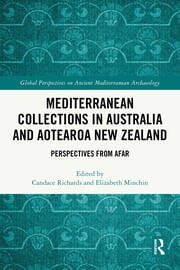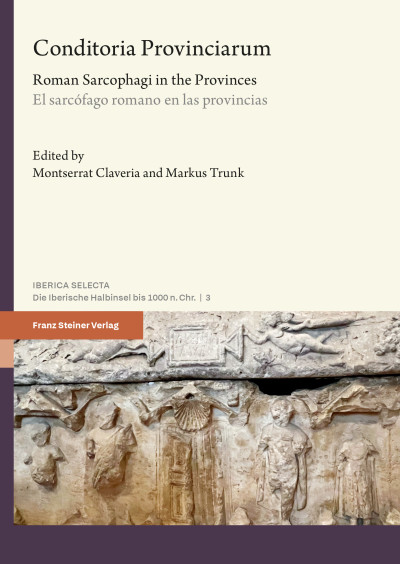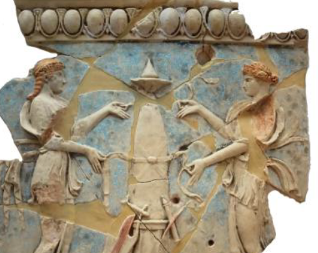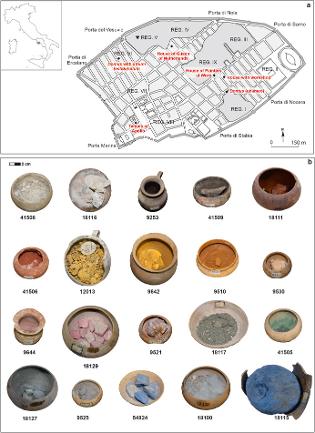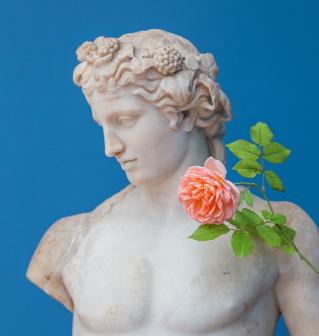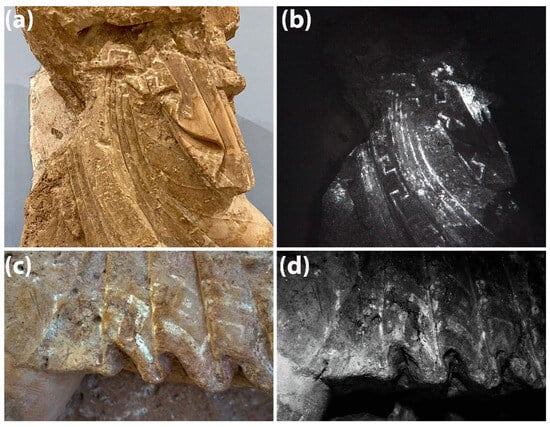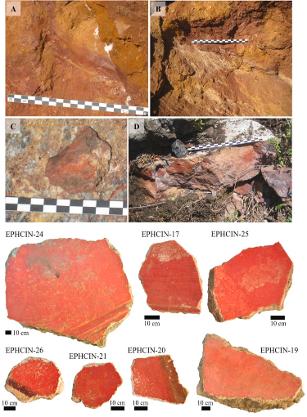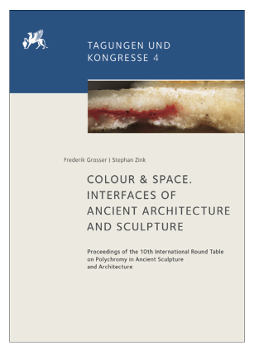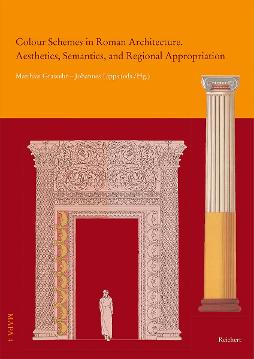"Colour & Space. Interfaces of Ancient Architecture and Sculpture.
Proceedings of the 10th International Round Table on Polychromy in Ancient
Sculpture and Architecture"
Frederik Grosser and Stephan Zink (Editors)
Published by Deutsche Archäologische Institut (DAI)
Tagungen und Kongresse Bd. 4 2025. 4°. Hc.,
The compilation of papers from the "10th International Round Table on Polychromy in Ancient Architecture and Sculpture" (Berlin 2020) focuses on the phenomenology of colour in both architectural and sculptural contexts. Featuring both case and comprehensive studies from Greco-Roman Antiquity to the Medieval period, it primarily explores the impact of polychromy within spatial settings. Additionally, it examines how colour enhances form and alters meanings and investigates artistic and technological practices. Overall, the volume advocates for a cross-disciplinary perspective on colour and surface treatments.
Coming soon!

